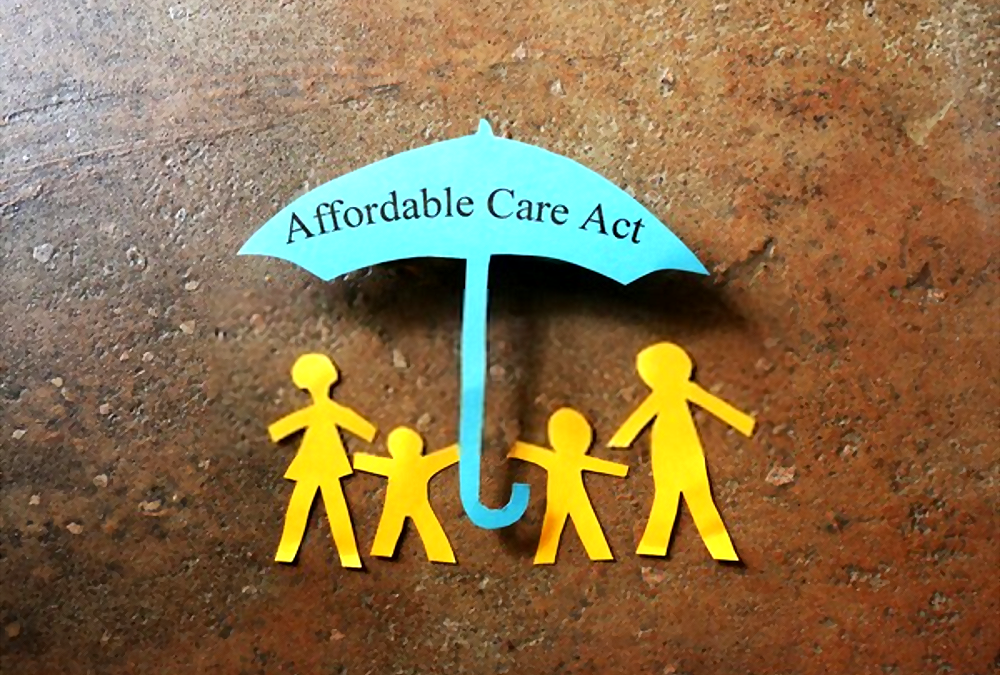Is there anybody who still doesn’t know that cigarettes are bad for them? You’d have to have lived under a rock—or received a public school education—to think otherwise. How about obesity, alcohol abuse, high cholesterol, elevated blood sugar, and hypertension? All have received a huge amount of publicity for decades. So why do we still have an epidemic of preventable diseases from these avoidable risks?
Lack of information? Nope. We’ve been deluged by that for years (“This is your brain on drugs…”), and while it has indeed helped, we still have a huge number of huge people eating, drinking, smoking, and sofa-spudding themselves slowly to death.
Lack of medical care? No, not that either. Awesomely cheap preventive medical services have been a hallmark of private health insurance since they were mandated by the HMO Act of 1973. If anything, there is a perverse parallel between the growth in prevention coverage and surge in diabetes since then.
Stupidity? Sorry, but as self-satisfying as it may be to quote H. L. Mencken’s apothegm about going short on American intelligence, it isn’t that either. The average IQ in the U.S. is 100; and while that may be lower than Sweden’s, Italy’s, and Poland’s (so that’s why we don’t hear those jokes anymore), it’s still sufficient to allow the vast majority of Americans to apply rational thought often enough to produce the most prosperous economy in the history of the known galaxy.
So why, despite all the public health efforts and improved insurance benefits, do we continue to see so much lemming-like behavior? I think it’s because it doesn’t physically hurt. If a drag on a cigarette, a third shot of Wild Turkey, or a BMI over 25 were always accompanied by a sharp pain in the affected area, my guess is that most people would seek their transient pleasures elsewhere. But since these avoidable behaviors that cause debilitating diseases are largely symptomless, way too many people find it way too easy to ignore their cautious forebrains (“This is going to kill me someday.”) in favor of the more immediate gratifications favored by their reptilian hindbrains (“Damn, these 3000-calorie cheese fries sure taste good. Go Broncos!”).
Not that I’m arguing for a weight-loss version of Antabuse, which some alcoholics intentionally swallow to transform a subsequent drink into “flushing of the face, headache, nausea, vomiting, chest pain, weakness, blurred vision, mental confusion, sweating, choking, breathing difficulty, and anxiety.” Call me a libertarian softy, but I prefer tasty carrots to painful sticks. As a student of microeconomics, I particularly like the idea of letting people profit financially from doing the right thing. And study after study has shown that money can be a great motivator to lose weight, stop smoking, exercise, and to engage in other healthful behaviors.
I’ve previously written about using monetary incentives to take a big chunk out of the three-quarters of all health care spending that now pays for self-inflicted maladies. Also that I actually like the Affordable Care Act (ACA) provision allowing employers to increase financial incentives for employees to engage in health-enhancing behaviors. But I don’t like the mandate for insurers to provide zero-copay coverage for a lot of preventive medical services that history has shown to increase rather than reduce the cost of health care. (Those interested in “Who Benefits From Cost Benefit” might be interested in a brief essay on the subject from my book Cured!)
So to get where we need to be on prevention, I propose three changes to Obamacare’s currently deficient provisions:
- Allow monetary prevention incentives for everybody. ACA forbids premium-based prevention incentives (except for tobacco use) in the insurance exchanges, although they’re allowed for employer-based insurance. If it’s a good thing for workers, it ought to be good for folks who have to buy their own insurance. Stop discriminating and allow the incentives for everybody.
- Remove incentive limits. Rather than limiting incentives to 30% of premiums and allowing HHS discretion on raising them to 50%, let insurers compete for customers by offering the most generous, most creative, most effective, most marketable incentives they can afford, without regard to arbitrary limitations. Remember, the exchanges—if restructured properly—will create strong inducements for new high-value health plans to compete aggressively for members who will be looking for the best coverage at the lowest cost. Don’t over-regulate them and short-change consumers.
- Eliminate the free-preventive-benefits mandate. The current ACA provision perpetuates one of those feel-good, conventional-wisdom myths that won’t work and increases premiums forever. Get rid of it and replace it with the same minimum-benefit requirements now used for HSA-enabling High-Deductible Health Plans (HDHPs). HDHPs are allowed to provide first-dollar prevention coverage (i.e., not subject to the deductible), but are not required to. This action will immediately lower insurance premiums and incentivize health plan members to earn their prevention awards by spending the least amount of money to earn the biggest rewards.
Together, these three simple changes to Obamacare have the potential to unleash a flood of entrepreneurial innovation to help consumer earn their prevention rewards, improve their health, and help make medical care affordable for everyone.

